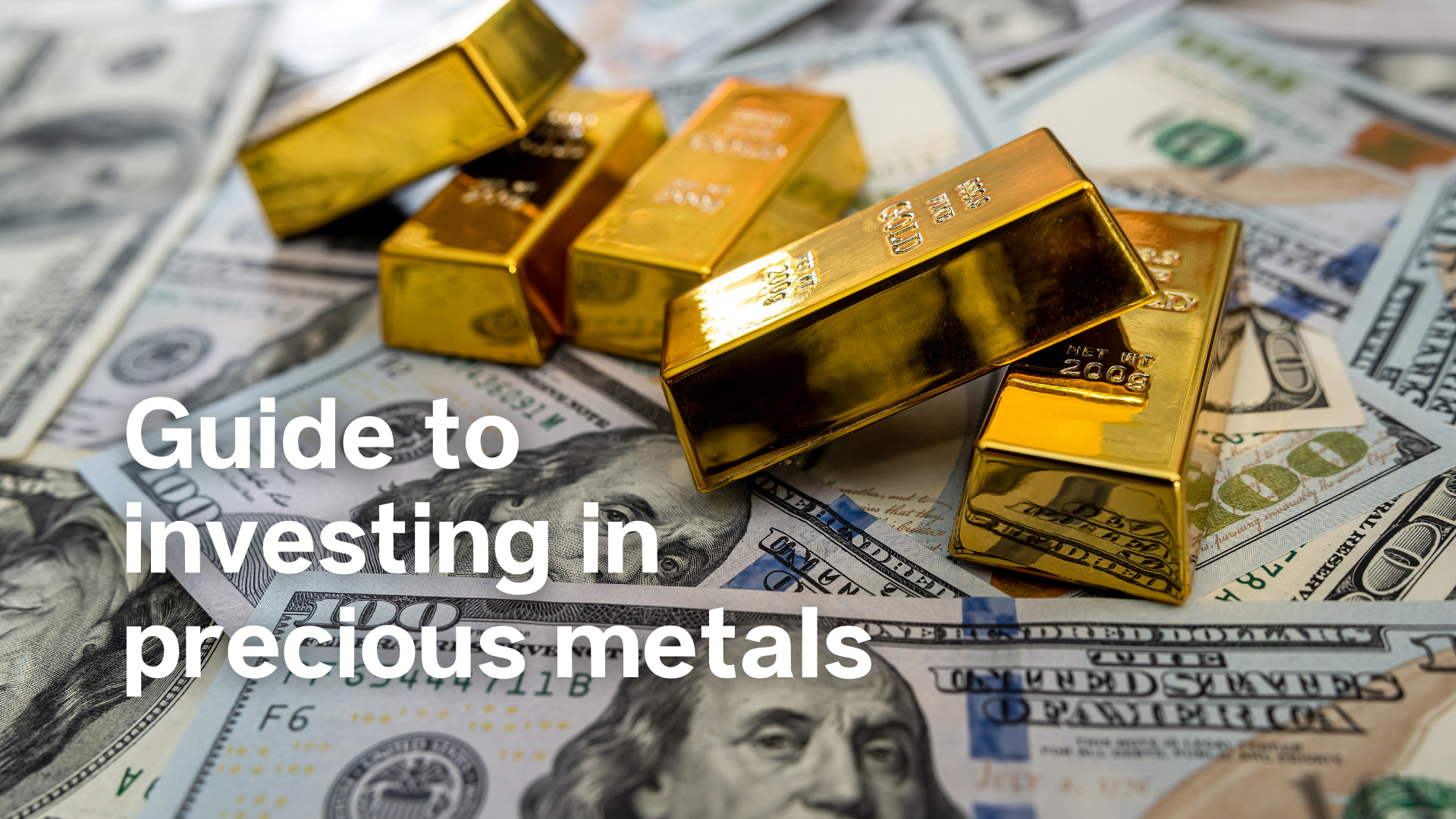

Throughout history, precious metals like gold, silver, platinum, and palladium have stood as enduring symbols of wealth and security. In times of economic uncertainty, political unrest, or inflation, investors turn to these tangible assets as safe-haven investments ones that preserve value when other markets falter.
Gold, in particular, has been revered not only for its beauty but also for its ability to hedge against inflation and market volatility (Baur & Lucey, 2010; Baur & McDermott, 2010). In recent years, silver, platinum, and palladium have also gained popularity, not just for their store-of-value qualities but also due to rising industrial demand in electronics, automotive, and medical sectors (Low, Yao, & Faff, 2016).
In fact, the scale of trading activity in precious metals highlights their economic weight; over $1.2 trillion was traded in the precious metals OTC market in 2018 (BIS, 2020), showing just how deeply embedded these assets are in global finance. From institutional investors to individuals looking for long-term security, buying precious metals has become a core part of risk-conscious portfolio strategies. And in light of growing uncertainty driven by crises like COVID–19 or the Russia-Ukraine conflict, investing in metals isn't just an option, it's a necessity.
At Phoenix Refining, we help investors tap into the enduring strength of precious metals, offering both educational resources and hands-on access to high-quality precious metals.
Investing in precious metals can be done in various ways. Understanding the different methods of exposure to gold, silver, platinum, and other precious metals will allow you to align your investment with your financial objectives. Here are some of the most popular options:
When it comes to buying precious metals, owning them physically is one of the most direct methods. Investors typically purchase gold bars, silver coins, and platinum bullion to add to their collection. While this approach offers tangible value and security,
Another route for investing in metals is through futures contracts. These are agreements to buy or sell a commodity at a set price and date in the future. Futures trading allows investors to speculate on the price movements of gold, silver, or platinum without needing to physically own them. However, futures contracts come with complex delivery requirements, which may make them less appealing for casual investors.
Exchange-traded funds (ETFs) and exchange-traded receipts (ETRs) provide a way to invest in precious metals through the stock market. These financial products hold physical reserves of gold, silver, or platinum, allowing investors to gain exposure to the price movements of these metals.
For indirect exposure to precious metals, investors may choose to buy shares in mining companies or royalty streaming companies. This method provides a way to participate in the growth of the metals industry without directly owning the physical assets. However, investing in individual mining companies can expose you to company-specific risks, such as operational issues, mismanagement, or unexpected changes in the price of metals.
Whether you're a first-timer or a seasoned investor, buying and selling precious metals through Phoenix Refining is straightforward and secure. We ensure best-in-class service, competitive pricing, and transparency every step of the way.
With evolving market dynamics investing in metals can offer a hedge when market instability occurs.
Gold remains a top choice for conservative investors. It’s a proven hedge against inflation and geopolitical risk, with long-term price resilience and portfolio diversification benefits.
It’s also easy to buy and sell because there’s always demand—from jewelry makers to central banks. While gold doesn’t offer huge short-term gains like some stocks, it’s a great way to protect your wealth for the long haul.
Silver stands out with its rising industrial demand especially in solar and electronics. Historically, it outpaces gold in late-stage bull markets and faces a notable supply deficit. That means silver’s price can rise or fall depending on how much demand there is from manufacturers. It’s a bit more volatile than gold, but that also gives it the potential for bigger gains.
If you’re looking for a metal that is rarer than gold or silver, then platinum is the one for you. Platinum is gaining traction for its role in hydrogen fuel cells and green tech. It’s undervalued, supply is concentrated in geopolitically sensitive regions, and it may replace palladium in catalytic converters. Most platinum comes from South Africa, so supply issues can also affect prices. It’s a smart choice for investors who are okay with a little more risk and want to diversify their portfolio.
Once essential for gasoline vehicle catalysts, palladium is losing relevance with the EV shift. High past volatility and substitution by platinum make it a less attractive option in 2025.
In today’s financial climate, investing in precious metals is more than a strategy– it's a safeguard. Whether you're opening precious metals investment accounts, buying metal stocks, or diving into precious metals trading, Phoenix Refining is your go-to partner.
With decades of industry experience, real-time support, and a commitment to sustainability, Phoenix Refining helps investors access, understand, and maximize their opportunities in buying and selling precious metals. We’re here to support your journey, whether you're looking to build wealth, diversify your assets, or align your investments with a more resilient future.